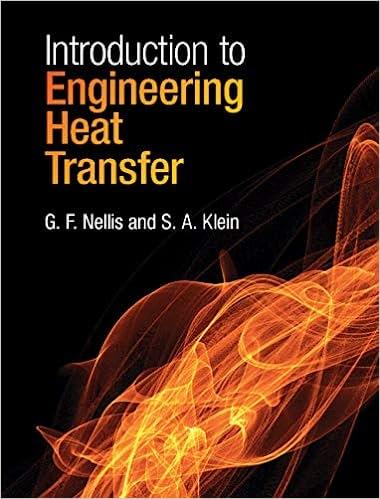Question
A toy rocket consists of a plastic bottle partly filled with water containing also air at a high pressure p . The water is ejected
A toy rocket consists of a plastic bottle partly filled with water containing also air at a\ high pressure
p. The water is ejected through a small nozzle of area
A. Calculate the exhaust\ velocity
vby assuming that frictional losses of energy are negligible, so that the kinetic energy\ of the escaping water is equal to the work done by the gas pressure in pushing it out. Show\ that the thrust of this rocket engine is then 2 pA. (Assume that the water leaves the nozzle of\ area
Awith velocity
v.) If the empty rocket weighs
500g, if it contains initially
500gof water,\ and if
A=5mm^(2), what pressure is required in order that the rocket can just support itself\ against gravity? If it is then released so that it accelerates upward, what maximum velocity\ will it reach? Approximately how high will it go? What effects are neglected in the calculation,\ and how would each of them affect the final result?

Step by Step Solution
There are 3 Steps involved in it
Step: 1

Get Instant Access to Expert-Tailored Solutions
See step-by-step solutions with expert insights and AI powered tools for academic success
Step: 2

Step: 3

Ace Your Homework with AI
Get the answers you need in no time with our AI-driven, step-by-step assistance
Get Started


